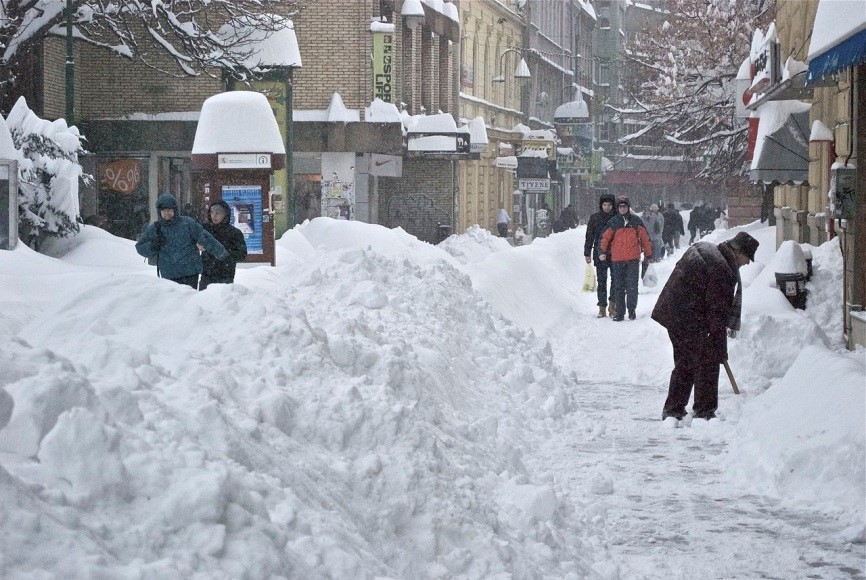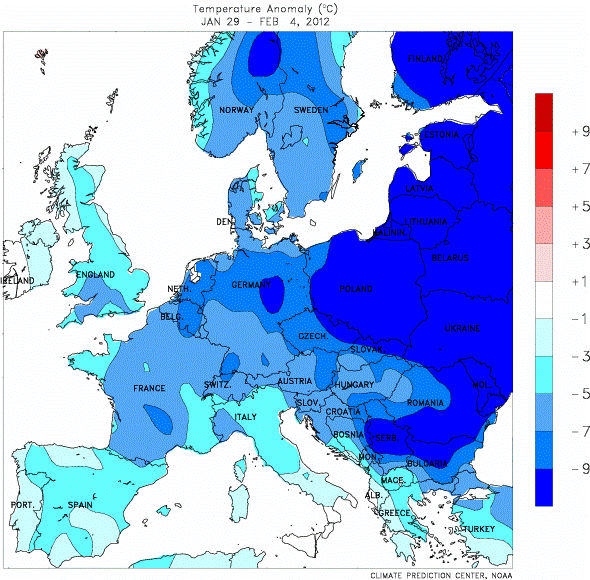
The North Atlantic Oscillation (NAO) and Euro-Atlantic blocking are important low-frequency modes in the Northern Hemisphere, which have a significant adjustment on the weather in surrounding areas especially over Europe, for example, extreme cold events and heat waves.
Recently, Prof. LUO Dehai and Dr. YAO Yao from the Institute of Atmospheric Physics (Chinese Academy of Sciences), Prof. S.B. FELDSTEIN from the Pennsylvania State University, and Prof. Aiguo DAI from University at Albany, State University of New York investigated the space-time relationship between NAO and blocking and obtained a series of findings.
It is revealed that decadal variations of European blocking (EB), in its intensity, duration, and position, during 1978–2011 are modulated by decadal changes in the frequency of North Atlantic Oscillation events associated with Atlantic conditions. A nonlinear multiscale interaction (NMI) model is then applied to examine the physical mechanism behind the blocking frequency distributions.
A case study shows that the outbreak of the extreme cold weather event in January–February 2012 over Europe may be attributed to the transition from a positive North Atlantic Oscillation (NAO+) event to a long-lasting blocking event over the eastern Atlantic and western Europe (hereafter ENAO-). It is found that there has been a marked increase in the frequency of the NAO+ to ENAO- transition events during the period 2005–12, which may be more favorable for the extreme cold events over Europe observed in recent winters.
Using a two-dimensional blocking index, it is found that the EB event frequency is enhanced over Northern (Southern) Europe for NAO-(NAO+). Enhanced EB events over Northern Europe precede the establishment of NAO− events, while the enhanced frequency of EB events over Southern Europe lags NAO+ events, which can be explained by a self-maintaining mechanism of NAO.
Moreover, it is found that the type of composite blocking pattern seems to be related to the position of the blocking region relative to the positive center of the climatological stationary wave anomaly existing near 10ºW. Then, the physical mechanism of why there are different composite blocking types in different sub-regions is identified using a nonlinear multiscale interaction model. These findings extended the research on NAO and EB and are instrumental to understanding the variability and physical mechanism of low-frequency modes.

Fig 1. Extreme snow storm hit Sarajevo in Jan-Feb. 2012. (Reprinted from Wikipedia)

Fig. 2 A map of the land temperature anomaly in Europe between 29 Jan and 4 Feb. 2012. (Credit: NOAA / Climate Prediction Center)

86-10-68597521 (day)
86-10-68597289 (night)

52 Sanlihe Rd., Xicheng District,
Beijing, China (100864)

